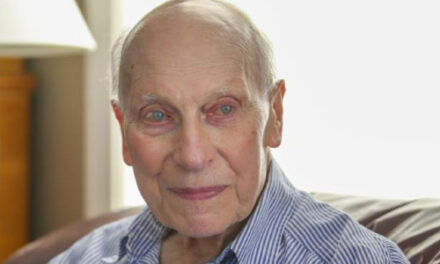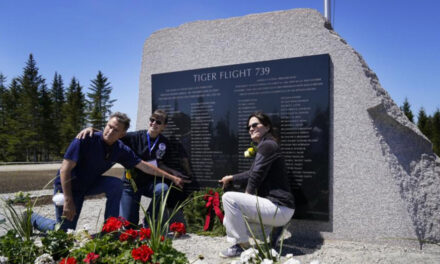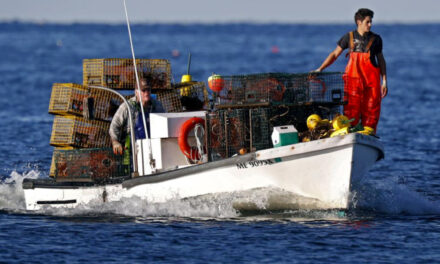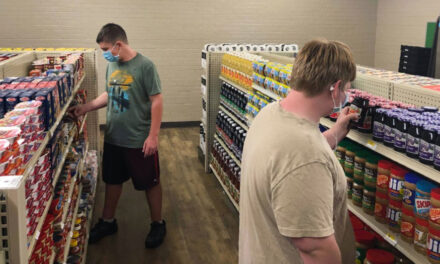(AP) – No food is harder on the environment than beef. Here’s how ranchers and researchers are trying to make burgers less burdensome.
The cattle part as Meredith Ellis edges her small four-wheeler through the herd, silently counting the cows and their calves.
It’s the way she starts most days on her 3,000-acre Texas ranch: ensuring all the cattle are safe, deciding when they should move to another pasture, and checking that the grass is as healthy as her animals.
“We’re looking for the sweet spot where the land and cattle help each other,” Ellis says as she rumbles down a narrow dirt road to check on another herd. “You want to find that balance.”
Much of Ellis’ work evolved from the ranching her father practiced for decades. Her parents built this ranch, and it’s where Ellis was raised, roaming with her brother through the pastures, creeks and hardwood forests as the family added land and cattle over the years.
But now it’s Ellis’ turn to make the decisions. She’s implemented changes her father couldn’t dream of — because for her and other ranchers, their livelihoods and the future of the planet are on the line.
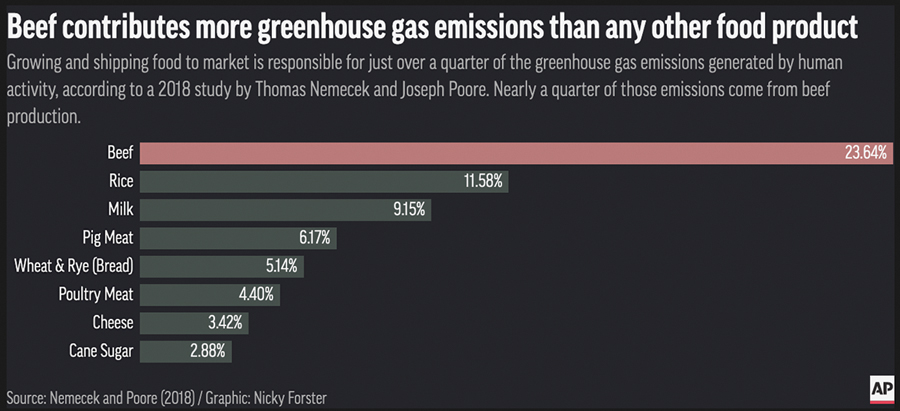
For generations, beef has been a way of life in Texas, the most quintessential of American main courses, and a premium protein around the world. It’s also the single most damaging food for the planet. Beef is the largest agricultural source of greenhouse gasses worldwide, and it has a bigger carbon footprint than any other type of protein.
Climate scientists say the answer is simple: Eat less beef and raise fewer cattle. But even with the wide availability of plant protein and the popularity of initiatives like Meatless Monday, most people around the world are consuming more beef, not less. And as the population grows and more people move into the middle class, demand is only expected to grow.
Ellis finds herself at ground zero. Texas has by far the most cattle in the U.S., which is the biggest producer of beef in the world. Here, beef has long been a staple of Americana, from cowboy Westerns and cattle drives to barbecue joints and meat judging contests. And it’s here that Ellis believes she can make a difference.
“I don’t want to do this if it isn’t good for the environment,” Ellis said. “I want ranching to be part of the climate solution.”

Meredith Ellis and family
Researchers and a growing number of ranchers agree — they believe there are solutions that address climate change and fill demand, for a world in which people can buy, cook and eat beef with a clear conscience. They point to efforts to change how cattle are raised to retain more carbon in the ground, to develop feed supplements that reduce gas releases, and to make genetic breakthroughs so animals digest their food without brewing up harmful gases.
For Ellis, the solution lies in the practice of regenerative ranching. In theory, it’s a holistic way to look at the earth, animals, and water — and how they all interact. In practice, it’s an exhausting, never-ending process of moving her cattle to different pastures in an effort to restore the soil.
“What I’m looking to do is make a major impact and completely redefine the beef industry,” Ellis, 41, said. “I want to take everyone with me.”




